
The coking process consists of heating coking coal to around ºC in the absence of oxygen to drive off the volatile compounds (pyrolysis). This process results in a hard porous material coke. Coke is produced in a coke battery, which is composed of many coke ovens stacked in rows into which coal is loaded. ...
WhatsApp: +86 18838072829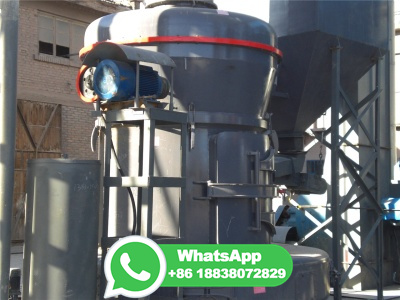
In the combustion process, the coal in the coking chambers is carbonized in a hermetic environment and becomes coke. The exhaust gas is discharged into a neighboring regenerating chamber. Two vents in each combustion chamber were selected for manual temperature measurements. Both vents handle the outflow from the chamber and are located close ...
WhatsApp: +86 18838072829
Metallurgical coal, also known as met and coking coal, is a naturally occurring sedimentary rock found within the earth's crust. Met coal encompasses a wide range of quality grades including hard coking coal, semihard cokingcoal, semisoft coking coal and pulverised coal for injection (PCI). All are used to make steel.
WhatsApp: +86 18838072829
Metallurgical coke is an important raw material for pig iron production in the blast furnace. During this process the coke undergoes severe mechanical, thermal and chemical stresses. One of these is the CO2 gasification which may lead to a decisive mechanical weakening of the lump coke by increased carbon burnoff.
WhatsApp: +86 18838072829
The coking industry is an important basic energy and raw material industry, which connects coal, coke and steel industries and plays an important role in the industrial chain, economic construction, social development and so on [1,2].With the development of largescale blast furnaces, the requirements for coke quality have gradually improved, and highquality coking coal resources have become ...
WhatsApp: +86 18838072829
1. Coal washing: The raw coal is cleaned before coking, in order to reduce the ash contained in the coal and remove other residues. 2. Coal blending: It is a process in which coal of different types of gas, fertilizer, coke and lean is prepared according to a certain proportion, and is naturally loaded into the coke oven from the top of the ...
WhatsApp: +86 18838072829
The most indemand thermal processing of heavy petroleum residues in the world is delayed coking; this process makes it possible to extent petroleum processing to produce commodities at the oil refinery plant up to 98%. 4,5 In 2021, the total crude material capacity of the delayed coking units in Russia was about million tons. 6,7 Using ...
WhatsApp: +86 18838072829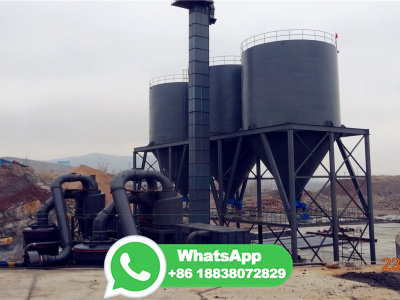
The key difference between coal and coke is that Coal is a naturally occurring fossil fuel. Coke, on the other hand, is derived from heating coal. In other words, Coal originates naturally from the fossilization of organic matter over millions of years. In contrast, Coke is derived from coal through a process called coking, involving high ...
WhatsApp: +86 18838072829
As shown in Fig. 1, the coking process is needed to convert coal into the valuable fuel product of coal coke ... Additionally, approximately tons of coking coal is needed to produce 1 ton of steel and is accompanied by approximately tons of CO 2 emissions [19, 20]. Hence, substituting coal coke as a source of energy in a cupola ...
WhatsApp: +86 18838072829
1. Introduction. Coke is an important raw material in the metallurgical and chemical industry [1].Coking technology is constantly changing and has become a mature and widely used method of comprehensive coal utilization with the development of the metallurgical and chemical industry [2, 3].The National Bureau of Statistics of China reported that Chinese coke production in 2019 was 438 million ...
WhatsApp: +86 18838072829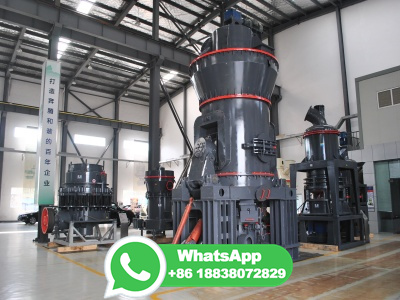
Coke and How it's Made. Coke is a fuel used in the steelmaking process that is created by heating coal in the absence of air. Myth: The process of coke manufacturing is very complex and cannot be understood by anyone other than a scientist or engineer. Reality: The manufacturing of coke involves a number of different processes.
WhatsApp: +86 18838072829
Coking is a refinery unit operation that upgrades material called bottoms from the atmospheric or vacuum distillation column into highervalue products and, as the name implies, produces petroleum coke —a coallike material.
WhatsApp: +86 18838072829
Coal plasticity is a phenomenon directly affecting the creation of coke structure. It is very much a time and temperaturedependent transformation of the coal matrix, which allows changing the physical phase from solid to liquidlike and again into solid of different properties. The coking process, particularly in a plasticization temperature range, can be considered as a nonisothermal ...
WhatsApp: +86 18838072829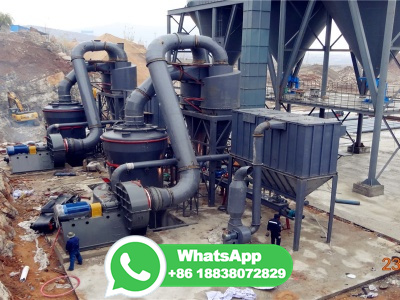
These operations will be discussed in greater detail for the three major subprocesses: coal preparation and charging, thermal distillation and pushing, and byproduct recovery. Coal Preparation And Charging For ByProduct Coke Ovens The coal that is charged to the ovens is usually a blend of two or more low, medium, or high volatile ...
WhatsApp: +86 18838072829
The coking process (coal to coke) occurs in the coke ovens. Finally, coke is removed using a pusher on one side and a coke guide on the other. The heat required for the coking process is supplied from the combustion chambers to the coke ovens through the refractory wall that separates the coke oven and the.
WhatsApp: +86 18838072829
Coal to Make Coke and Steel. Metallurgical coal (also called "met" coal) is an important raw material used in the steelmaking process, although very small amounts of coal (relative to the amount used for electricity) are needed. The coal used to make steel is heated without air in an oven at temperatures of as much as 2,060°F (1,125°F ...
WhatsApp: +86 18838072829
The fine coal is agglomerated by hot briquetting and charged into a conventional coke oven together with the preheated coarse coal. The next stage is a coking process at a much lower temperature (750850 °C) than in conventional process.
WhatsApp: +86 18838072829
Most of the chemicals derived from coal come from byproducts produced during the coking process. Coal is used to make coke to make steel. Coke gas (also called foul gas) contains coke tars, ammonia, and light oils. Tars are recovered and used to make tar derivatives. Ammonia is recovered as an aqueous solution or as an ammonium sulfate salt.
WhatsApp: +86 18838072829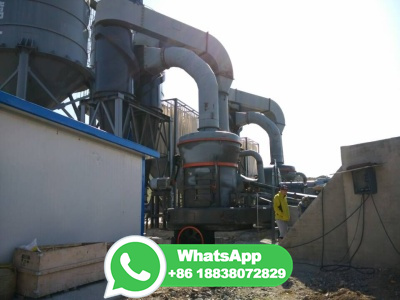
coal structure and composition, the coking process needs to comprehensively consider coal quality characteristics such as coal metamorphic degree, volatile matter and ash
WhatsApp: +86 18838072829
Coal has been coked, either deliberately or accidentally, for several centuries, but the coking industry as we know it today, producing coke for use in metallurgical processes, really originated1 some 250, years ago with Abraham Darby's successful use of coke for iron smelting in a blast furnace at Coal brookdale in Shropshire.
WhatsApp: +86 18838072829
In the molecular structure model of coking coal, the methane adsorption amount is N/uc at K; it decreases to N/uc at K. Regarding the methane adsorption amount in the molecular structure model of coking coal under different temperature and pressure conditions, Zhu et al. built a coking coal model of the Chiyu coal mine ...
WhatsApp: +86 18838072829
A lowemission coking process, which combines the oxyfuel combustion with staged combustion strategy, was adopted to limit nitrogen oxides (NO x) emission and realize carbon dioxide (CO 2) combustion process of coke oven gas (COG) in O 2 /CO 2 atmospheres is numerically investigated in the combustion chamber of the coke oven. The velocity distribution, temperature fields ...
WhatsApp: +86 18838072829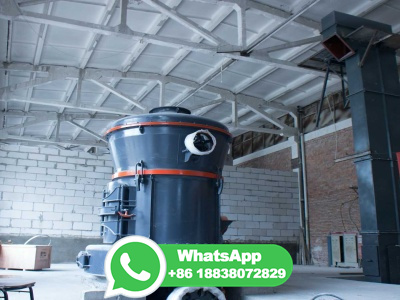
Process description of fluid coking. Fluid coking is a thermal cracking process consisting of a fluidized bed reactor and a fluidized bed burner. A flow diagram is shown in Figure 5. Vacuum residue is preheated and fed to a scrubber that operates at 370°C above the reactor for coke fine particle recovery.
WhatsApp: +86 18838072829